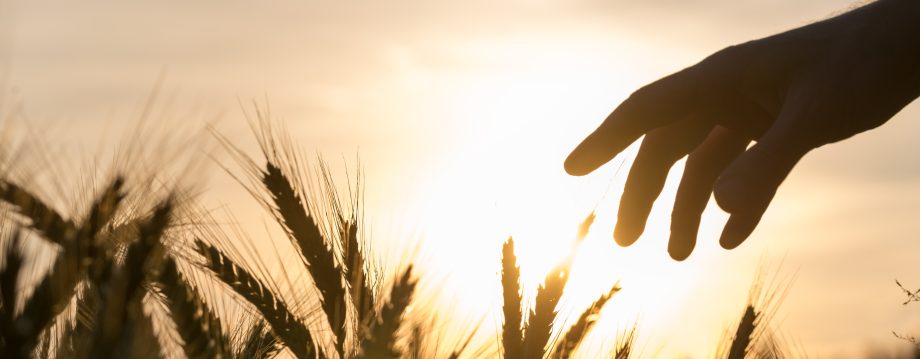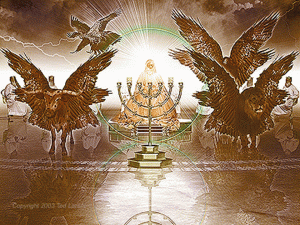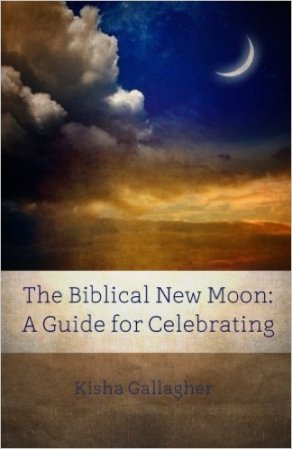One warm fall afternoon, in a small town in central Florida, two brothers eagerly awaited the setting of the sun. All their bags were packed, their tent was in order, and their mother had bought loads of groceries that she had neatly packed into coolers. She had even found kosher marshmallows for S’mores! Yes, they were going camping, but this wasn’t just any camping trip, they were going to celebrate the biblical festival of Sukkot. Some people call this the Feast of Tabernacles, Booths, or Ingathering.
“Tonight, we will sleep under the stars!” exclaimed the boy’s father.
Their mother replied, “Yes, tonight we will remember our forefather’s forty year journey in the wilderness.”
The family arrived at the campsite and were warmly greeted by other excited members of their congregation. Everyone was hastily preparing their tents. The men built a fire and the women set up an outdoor kitchen. The children played and decorated the communal sukkah. As the sun dropped lower and lower, the women gathered in the sukkah and lit the Shabbat candles to set the first day of Sukkot apart as holy. (Lev. 23:39)
The men began to sound their shofars. At last, Sukkot had arrived!
“Look, how bright and large the full moon is tonight!” shouted one of the boys.
“It’s as if I could touch it!” cried one of the girls.
Suddenly, the camp came alive with laughter, music, singing, and dancing! Everyone was praising the King of the Universe for His goodness and mercy. The air was filled with tempting smells of roasted meats and sweet chocolate treats.
“I love Sukkot!” shouted a small boy.
“Me too!” screamed another older boy. Somewhere, a little dog barked as if to give her agreement.
The camp gathered under the communal sukkah, built by the careful hands of each member. The walls and ceiling were fashioned out of palm branches. The members could look up and see the stars peaking through the green branches. Colored lights, fruits, and artwork of the children warmly decorated the structure. Everyone had a seat at the table where the Shabbat candles flickered in the darkness. Next to the candles lay the lulav and etrog for waving. The blessings were recited and one of the men began to wave the four plant species in each direction before YHWH as the bible commands us. (Lev. 23:40)
For seven days they celebrated Sukkot with great joy and excitement. The Torah was read so all could hear the words of YHWH. They learned that every year in the fall, the Israelites keep Sukkot to remember their ancestor’s many trials in the wilderness. Each year as they camp, they understand more and more about the God of Israel, their ancestors, and even themselves.
The boys began to grow sad that Sukkot was coming to a close. “Oh, if only there could be one more day!” cried the youngest boy.
“But, there is!” exclaimed his older brother. “You have forgotten about the eighth day. It is called Shemini Atzeret. It is the day that YHWH beckons us to tarry with Him one more day. It is another Shabbat for His people, and it is the best of all.” (Lev. 23:39)
When Shemini Atzeret arrived in the camp, the congregation read the final Torah portion of the year. It marked the end of the annual Torah cycle; however, it also marked the beginning of a new one. The boys learned that the end is the beginning and beginning is the end.
“Hooray!” shouted the young boy. “How awesome that our God knows us so well, He thought of everything. We get to celebrate Sukkot again and again every year until one day, He will come and dwell with us forever, and then every day will be like Sukkot!”
The men of the congregation rolled the Torah scroll back to Bereshit (Genesis), which is the beginning. Prayers and blessings were uttered reverently to King of Kings. Many people sang and danced with delight as they carried the Torah scroll in a circular procession to symbolize the cyclical nature of the festivals, Shabbats, new moons, and Jubilees. This was Simchat Torah, or the joy of Torah.
“YHWH knew that if we followed His appointed times, that we would see His great plan of redemption and eventual restoration of His people, Israel. Let us rejoice in our redemption, Yeshua our Messiah. And, let us look forward to the eighth day when the King of Kings will rule and reign from Jerusalem.” urged the congregational leader.
After the sun had set, the people in the camp began to break down their tents and pack up their belongings. Everyone was chattering about the next year’s Sukkot celebration. Where would they camp? No one was sure, but all agreed that they dreamed of Jerusalem.
The boys were given the task of taking the dried palm branches from the communal sukkah. They were to be burned in the controlled fire pit to prevent forest fires that are common in Florida.
“These palm branches are heavy and awkward.” moaned the youngest boy.
“We’re almost there.” His elder brother assured him.
As they threw the last of the branches onto the smoldering fire, something very strange began to happen. A mighty gust of wind rushed over the fire pit. The white billowing smoke began to curl around and around in a tornado like wind. Suddenly, flames from the fire were also licked into the ever growing whirlwind. The entire camp was lit up with a fiery tower of swirling wind and smoke. It rested right on top of the burning palm branches!
Some people gasped. Some just stood there with their bottom jaw dropped open. Others stood frozen. Would this fiery whirlwind turn and engulf them or their belongings?
“This is just like the children of Israel in the wilderness; God was a pillar of fire to them by night!” shouted a stunned father.
After a few minutes that seemed much longer, the pillar slowly dissipated. The camp was struck with awe. They had witnessed a column of fire just as their ancestors had in the wilderness so long ago.
On the drive home, the boys’ father explained that the pillar of fire still guides the camp. He assured them that the display that they had seen at the end of Simchat Torah would forever be a witness to them that God is alive and well in the camp.
That night as the two boy’s lay in their bed, they thanked YHWH for the gift that was forever etched on their hearts, Yeshua HaMashiach, their guiding pillar of fire.








